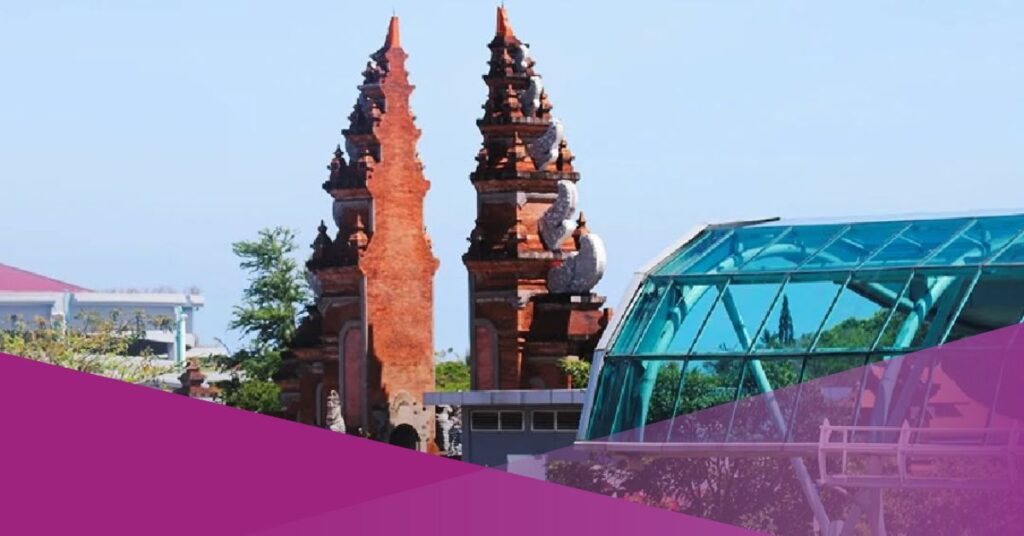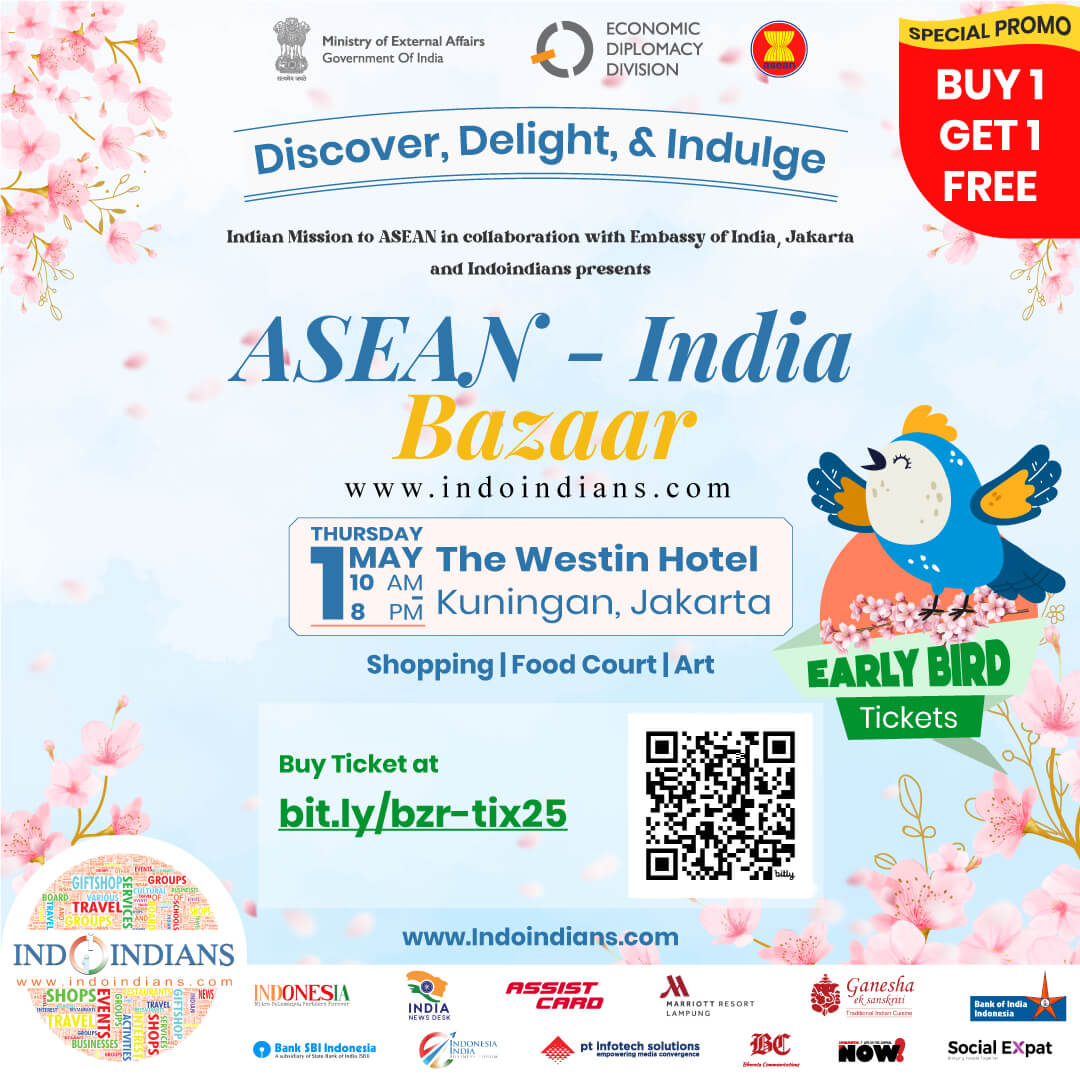Bali, a paradise on Earth, is nestled in the heart of Indonesia. This island has some of the most stunning scenery, including lush rice paddies, white sandy beaches, and scenic riverways. Previously, we’ve already explained about the best outbound activities in Bali. Water rafting is one of them, so we discussed this activity further.
Bali is particularly well-known for its water rafting, which draws thrill-seekers from all over the world. Rafting tours in Bali provide a breathtaking adventure through Bali’s rivers, with opportunities to get up close and personal with the island’s wildlife. A Bali river rafting adventure is the ideal way to experience the island’s natural beauty, whether you are an experienced rafter or a beginner looking for new challenges.
Overview of Bali Rafting
Bali is well-known for its thrilling and adventurous rafting experiences, which allow visitors to navigate through beautiful river valleys and brave exciting rapids. There are three key aspects to consider when understanding the overview of Bali rafting: river selection, grade of difficulty, and equipment and safety.
River Selection
Bali has several rafting rivers, each with its unique landscapes and levels of excitement. The Ayung River, Telaga Waja River, and Melangit River are among the most popular rivers for rafting in Bali. Because each river has its unique characteristics and charm, river selection is a personal preference.
Grade of Difficulty
The grade of difficulty refers to the amount of difficulty and technical skill required to navigate the rapids. Bali has rafting experiences to suit all skill levels, from beginners to experienced rafters. Rivers are typically classified using an international grading system ranging from Class I (easy) to Class VI (extremely difficult). Most rafting tours in Bali are in Class II to Class IV range, providing participants with an exhilarating yet safe adventure.
Equipment and safety
Rafting operators in Bali prioritise safety and provide participants with the necessary equipment and guidance. Before embarking on a rafting adventure, participants are typically provided with safety equipment such as life jackets, helmets, and paddles.
The guides or instructors who accompany the rafting tours are trained professionals with knowledge of river navigation, rescue techniques, and first aid. They ensure that proper safety procedures are followed throughout the activity, such as briefings on rafting techniques, emergency protocols, and potential hazards to be aware of during the journey.
The Wonders of Bali’s Scenic Riverways
Bali is known for its breathtaking natural landscapes, and its scenic riverways provide visitors with a one-of-a-kind and captivating experience. Let us investigate the wonders of four major rivers in Bali: the Ayung River, the Telaga Waja River, the Melangit River, and the Tukad Unda River, who become top-notch water rafting sites in Bali.
Ayung River
The Ayung River is one of the most popular rivers in Bali for river adventures. This river, which flows through lush rainforests and picturesque valleys, combines thrilling rapids with breathtaking scenery. Rafting down the Ayung River allows you to see the island’s beautiful flora and fauna while navigating Class II and III rapids. As the river passes through gorges, cascading waterfalls, and traditional Balinese villages, the journey provides a balance of excitement and tranquillity.
Telaga Waja River
The Telaga Waja River is another spectacular waterway that promises an exciting rafting adventure. It is famous for its crystal-clear waters and magnificent surroundings and is located in eastern Bali. Rafting down the Telaga Waja River takes adventurers through difficult Class III and IV rapids, making it an exciting option for adrenaline junkies. The river winds through deep valleys, lush rice terraces, and dense forests, creating an enthralling backdrop for the rafting adventure.
Melangit River
The Melangit River in Klungkung Regency is a lesser-known gem for rafting enthusiasts looking for a more peaceful and scenic adventure. With gentle rapids suitable for beginners and families, the river provides a peaceful and relaxing experience.
The Melangit River journey provides participants with the opportunity to take in scenic landscapes, passing by verdant hills, tropical vegetation, and traditional Balinese settlements. It is an excellent choice for those looking for a peaceful rafting experience amid Bali’s natural beauty.
Tukad Unda River
Tukad Unda River, located in Karangasem Regency, provides a one-of-a-kind rafting experience in a serene and enchanting setting. This river is known for its calm waters and scenic surroundings, making it ideal for beginners or those seeking a more leisurely rafting adventure. As you float down the Tukad Unda River, take in the lush greenery, terraced rice fields and traditional Balinese architecture that line the riverbanks, creating a tranquil and idyllic setting.
Rafting as an Adventure
Rafting is an exhilarating adventure that combines the thrill of navigating swift-moving rivers with the natural beauty of landscapes. Let’s look at some of the most important aspects of rafting as an adventure:
Benefits of rafting
Rafting has numerous advantages for both physical and mental health. As you paddle through the rapids, you engage your entire body in a fantastic cardiovascular exercise. Water’s constant movement and resistance provide an excellent workout, improving strength, endurance, and coordination. Furthermore, rafting in natural settings improves mental health by reducing stress and providing a sense of serenity and connection with nature.
Unique rafting experience
Rafting offers a distinct and thrilling experience that is unlike any other adventure activity. It immerses you in the dynamic environment of a river, allowing you to feel the rush of adrenaline as you navigate rapids and conquer challenging water features. The ever-changing river currents and natural beauty that surrounds you make each rafting trip unique.
Group or solo adventure
Rafting can be done in a group or as a solo adventure, depending on your preferences. Rafting with friends, family, or coworkers enhances the social aspect of the experience, encouraging teamwork, camaraderie, and shared memories. It’s a chance to bond and have fun together. Solo rafting, on the other hand, allows for self-reflection, personal challenges, and a sense of independence and self-discovery. Rafting is an exciting and rewarding experience, whether you choose to raft with others or go it alone.
Ideal for all ages
One of the many benefits of rafting is that it is accessible to people of all ages and fitness levels. Rafting trips can be tailored to different skill levels, ranging from calm and scenic floats for beginners and families to more challenging rapids for experienced adventurers. Rafting is an activity that can be enjoyed by children, teenagers, adults, and even older people who are looking for adventure and a connection with nature.
The Ideal Time for Rafting
When planning a rafting trip, it is critical to consider the timing as well as the current weather and river conditions. Let’s look at two important factors that influence the best time to go rafting: wet season rafting and dry season rafting, as well as the impact of weather patterns on river conditions.
Wet season rafting
Wet-season rafting is a rafting adventure that takes place during the rainy season in a specific region. Wet seasons are marked by increased rainfall and higher river levels in many tropical destinations, such as Bali. As the rivers flow faster and the rapids become more difficult, this can result in more dynamic and exciting rafting experiences.
Wet season rafting is typically preferred by thrill seekers who enjoy the challenge of navigating swift currents and larger waves. However, it’s important to note that heavy rain can cause river closures due to safety concerns, so check with local authorities or rafting operators for any advisories.
Dry season rafting
In contrast, dry-season rafting refers to rafting adventures that take place during the drier months when rainfall is minimal or infrequent. River water levels tend to be lower during this time, resulting in milder currents and rapids. Those looking for a more relaxed and scenic experience, where they can appreciate the natural beauty of the surroundings and enjoy a smoother ride, often prefer dry-season rafting.
It’s worth noting that during the dry season, some rivers may have reduced water flow, which may affect the overall thrill and intensity of the rafting experience. However, this varies depending on the river and its water source.
Weather patterns and river conditions
When planning a rafting trip, it is critical to understand the weather patterns. Heavy rainfall in the mountains can have a significant impact on downstream river levels, rendering them unsuitable or dangerous for rafting.
Long periods of dry weather, on the other hand, can result in low water levels, potentially affecting the navigability of certain river sections. To assess current river conditions and choose the best time for your rafting adventure, consider local weather forecasts, historical patterns, and information from rafting operators.
Preparing for a Bali Rafting Tour
A Bali rafting tour requires some planning to ensure a safe and enjoyable experience. When preparing for your rafting adventure, consider the following three key factors: what to pack, fitness requirements, and health and safety precautions.
What to pack
Pack essential items such as a swimsuit, water shoes, sunscreen, hat, change of clothes, towel, waterproof bag and water and snacks to ensure a comfortable and convenient Bali rafting tour. These items have a good grip, protect the skin from UV rays, and make for a pleasant experience. Bring a waterproof bag to protect personal belongings from water splashes. Bring water and snacks with you to keep you hydrated and energised throughout the tour.
Fitness requirement
While rafting can be an exciting adventure, it does require some physical fitness. To paddle through the rapids and manoeuvre the raft, participants should have a basic level of strength, endurance, and mobility. It’s a good idea to talk to the rafting operator or tour guide ahead of time to understand the fitness requirements for the specific rafting tour you want to join. Regular physical activity and maintaining a reasonable level of fitness can improve your ability to fully enjoy the rafting experience.
Health and safety measures
Any adventure activity, including rafting, must prioritise health and safety. Any pre-existing medical conditions, allergies, or injuries that may jeopardise your safety must be disclosed to the rafting operator. Pay attention to the rafting guide’s or instructor’s safety briefing, wear safety gear, follow the guide’s instructions, maintain proper paddling techniques, stay hydrated, and respect the environment and local regulations.
By following these steps, you can have a memorable Bali rafting adventure while remaining safe and responsible on the island’s rivers.
Looking for more ideas for outdoor activities in Bali? Check out the other Travel articles from Social Expat!



































